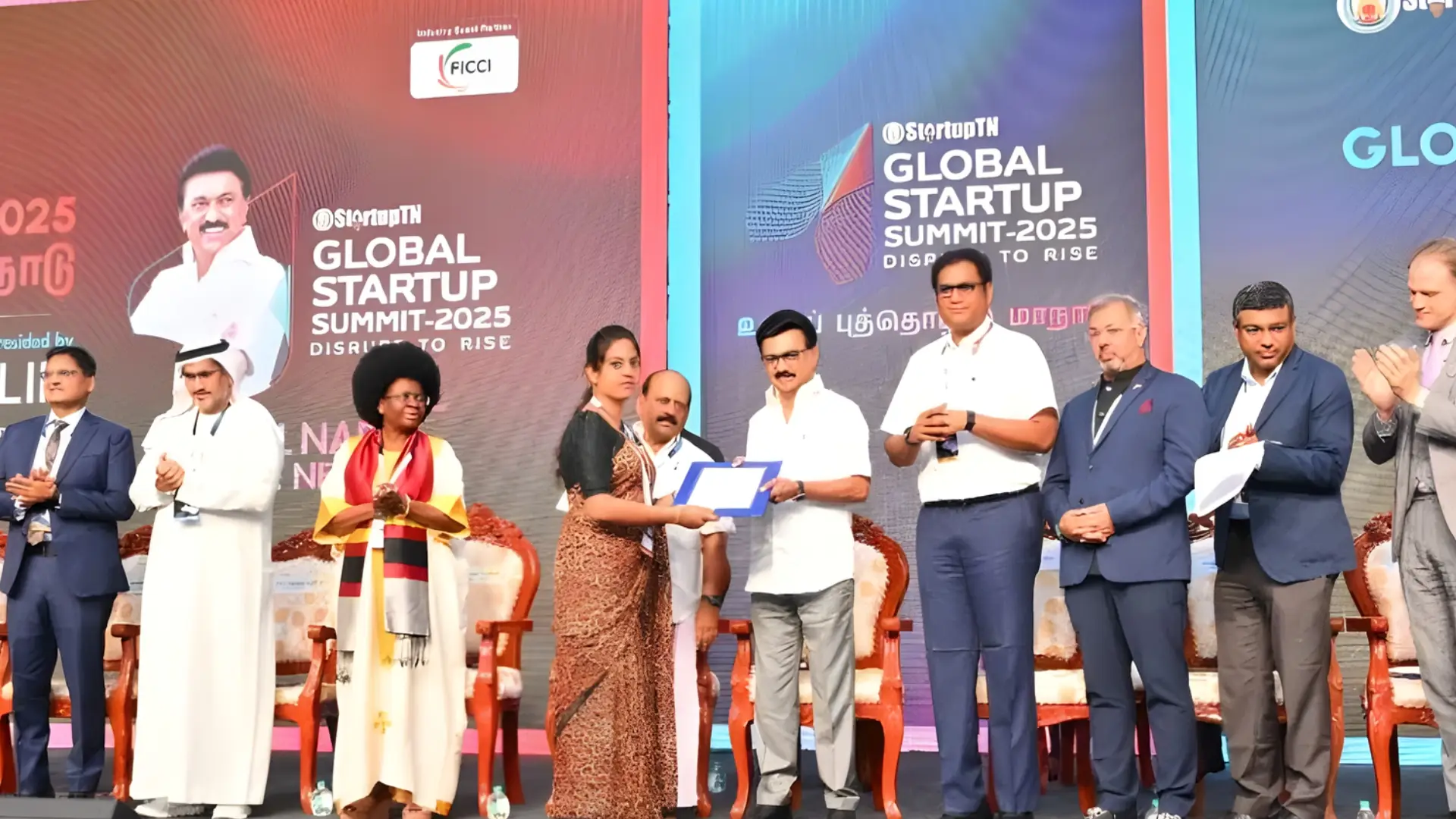Nikhil Kamath has invested in the Nothing company. This is the biggest news yesterday that made people discuss on social media platforms. In the last two years especially, Nikhil Kamath has invested millions of dollars in startups across the globe. Starting from clothing to alcohol and now in the Nothing company. He is not limiting his choices and restricting his portfolio. Wherever there is an opportunity, he is signing a cheque. But why this time it is gaining so much attention of audience? In this article, we will dive deeper into the statistics of the Indian mobile industry and how Nothing has captured audience attention. How will the investment shape the future of the Indian mobile industry? Let’s understand everything about this in detail.
Well, the investment didn’t happen yesterday, and Nikhil Kamath wasn’t the only person to invest in the company. The news was already out in the market, but Nikhil Kamath’s post made it viral. Well, first, understand what the news was. Nothing raised $200 million in its Series C round, valuing the company at around $1.3 billion. The round was led by global investors like Tiger Global and Qualcomm Ventures, but what made the story trend across India was Nikhil Kamath’s $21 million participation. Technically, this news wasn’t new. But when Nikhil posted about it on social media, it gave the announcement a new life because he’s not just another investor; he’s a symbol of smart Indian capital. When someone like him backs a brand, it signals trust, belief, and a long-term vision that India’s tech-savvy audience resonates with.
Let’s also have a look at “Nothing.” Founded by Carl Pei, the man who co-founded OnePlus, Nothing has made waves in the global smartphone market with its unique transparent designs and minimalist brand identity. Their products have received mixed but passionate responses. Here’s where it gets even more interesting. India is Nothing’s largest market outside Europe, and the company has been doubling down on it. Their CMF by Nothing sub-brand focused on affordability and Indian preferences. This is manufactured locally and designed to appeal to a younger demographic that values both style and utility.
Over the past few years, India’s mobile phone industry has been quietly but rapidly transforming. What was once almost entirely reliant on imports is now becoming a global manufacturing hub, and not just for budget phones, but increasingly for mid-premium and flagship devices. According to government sources, local production of mobile phones has soared due to the Production Linked Incentive (PLI) scheme and rising investment in EMS (Electronics Manufacturing Services) and ODM (Original Design Manufacturer) capabilities. Factories in Tamil Nadu, Uttar Pradesh, and Andhra Pradesh are seeing steady expansion. Also, exports have been improved a lot, and now a major chunk of exports of mobiles are being contributed by Apple and Samsung. Now this is a major push for Indian consumers and even manufacturers in the country. India is one of the world’s biggest markets, and when we have everything manufactured locally, it even helps companies to improve their margins and make more profits.
If we get a detailed view of mobile segments. The ₹20,000-₹35,000 price band (roughly USD 240-420 depending on exchange rates) and that’s a critical segment. This is becoming the place where volume meets margin. This is the segment where consumers expect many of the perks, such as better cameras, good screen panels, smoother UI/UX, design polish (metal/glass, symmetrical layouts), and more brand cachet. This scale gives companies a decent margin, and also volumes play the game. High-end competes on sheer prestige and often sacrifices scale. The middle band gives a sweet spot.
Now, when we come back to Nothing and map the India market transformation with rising premium demand and government push for local production. The Nothing company fits into a sweet spot. The first biggest advantage is that Nothing Mobile caters to the middle budget segment, which is affordable for many smartphone users. Now, in order to tap into local manufacturing advantages, Nothing announced a formal joint venture with Optiemus to expand manufacturing in India; the public statements cited a planned investment of over $100M across the JV. With local assembly and production, nothing can reduce import duties, shipping costs, and supply chain delays. This means better pricing, faster time-to-market (especially around festivals), and more reliable inventory. Immediately after this announcement, Nothing confirmed that CMF (its budget-focused sub-brand) will become an independent India-headquartered entity and that India would serve as an operational/R&D/manufacturing hub for CMF and Nothing products.
The story is not just limited to the Mobiles. This is going beyond smartphones. Carl Pei has been vocal about Nothing’s next chapter, which is an AI-first ecosystem. The company wants to redefine the way we interact with technology. Now, when you put this in context. Nothing’s India bet, and Nikhil Kamath’s investment could trigger several ripple effects in coming days across the ecosystem. This gives a push to more Indian capital flowing into global brands and faster localization of high-end products. Nothing’s journey from design labs in London to factories in India tells us that the world is finally looking at India not just as a place to sell, but as a place to build the future. And that is why investors and entrepreneurs back global brands and Indian brands; there will be a huge push and it will create a ripple effect on the Indian economy.
Also Read: Inside Wakefit’s Dream Run: How a D2C Brand Redefined Sleep in India










